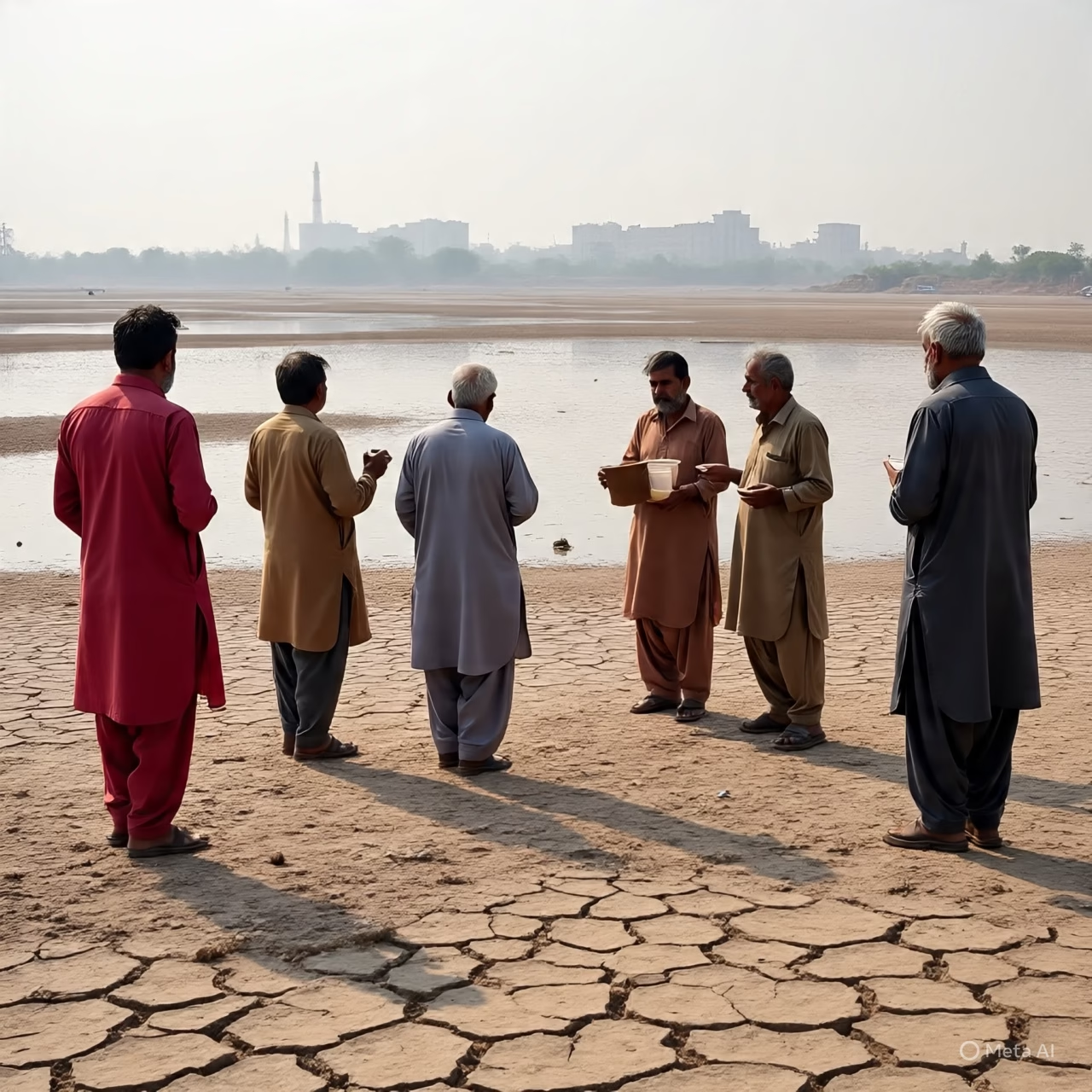
Introduction
“Punjab Floods Pakistan: Why Pakistan Faces a Deepening Water Crisis”
Punjab floods Pakistan devastate communities and spotlight Pakistan’s fragile water management. Rising water levels force evacuations, destroy villages, and strain emergency systems. This crisis stems from monsoon floods, climate change impacts, and long-standing water infrastructure failures.
Section 1: What Drives the Water Crisis?
Pakistan faces torrential monsoon floods across Punjab, Sindh, and Khyber Pakhtunkhwa. Those floods disrupt rivers and overwhelm low-lying areas. At the same time, climate change intensifies rainfall, turning normal monsoons into destructive deluges. Pakistan faces unpredictable weather patterns with more frequent and severe extreme events. Authorities lack buffer capacity to manage this growing volatility.
Section 2: Monsoon Floods and Cross-Border Hazards
Heavy monsoon rains overwhelm the Ravi, Sutlej, and Chenab rivers and lead to widespread flooding. India pours out more dam flooding rivers into Pakistan in a very unanticipated way. They evacuate more than a million citizens in Punjab.That situation highlights urgent needs in flood prediction, dam management, and disaster preparedness.
Section 3: Climate Change Impacts
Pakistan experiences erratic monsoon patterns and cloudbursts that trigger flash floods in mountainous regions. Climate change magnifies normal weather fluctuations. Scientists link increased flood intensity to higher global temperatures. Pakistan suffers from both floods and droughts, showing the dual threat of extreme weather cycles.
Section 4: Water Infrastructure Failures
The total water storage of Pakistan enables not more than 30 days- as compared to the 124-day buffer of India.The country lacks enough dams, embankments, and reservoirs. Political divides, funding shortages, and fragmented governance stall infrastructure progress. Officials call for urgent investment in infrastructure.
Section 5: Human Cost and Displacement
Floods kill hundreds, injure thousands, and displace millions. Punjab alone loses 15 lives in recent flooding, and officials relocate over 1.1 million people across 1,600 submerged villages. Rescuers set up relief and medical camps, evacuate livestock, and deploy army units.
Section 6: Solutions to Address the Water Crisis
1. Expand dam and reservoir systems to build storage capacity.
2. Strengthen flood defenses—embankments and spurs along rivers.
3. Improve forecasting and early-warning systems for monsoon and dam releases.
4. Enhance cooperative water management under treaties like Indus Waters Treaty.
5. Integrate monsoon flood resilience and dam failures preparedness into local planning.
FAQ Section
Q: Why do floods hit Pakistan so hard each year?
Pakistan suffers from erratic monsoon patterns and lacks water infrastructure to hold back excess flow. Climate change worsens these trends.
Q: How does climate change affect flooding?
Warmer temperatures cause more intense rainfall. Pakistan sees stronger and more frequent storms that overwhelm any existing defenses.
Q: Why doesn’t Pakistan build more dams like India?
Pakistan lacks funding, political unity, and governance structures to execute large projects. That gap remains a critical weakness.
Q: Can better forecasting reduce damage?
Yes. Accurate, timely forecasts and warning systems can protect lives and support proactive evacuations.
Q: What can individuals do to help?
Support local resilience efforts, advocate for water-smart policies, and donate to credible relief organizations.
Strong Call to Action
Follow us on social Media, and get in touch with us on Blogs@manyviral.com
https://manyviral.com/can-trumps-big-beautiful-bill-pass-the-senate/
You might to like read this blog

Leave a Reply